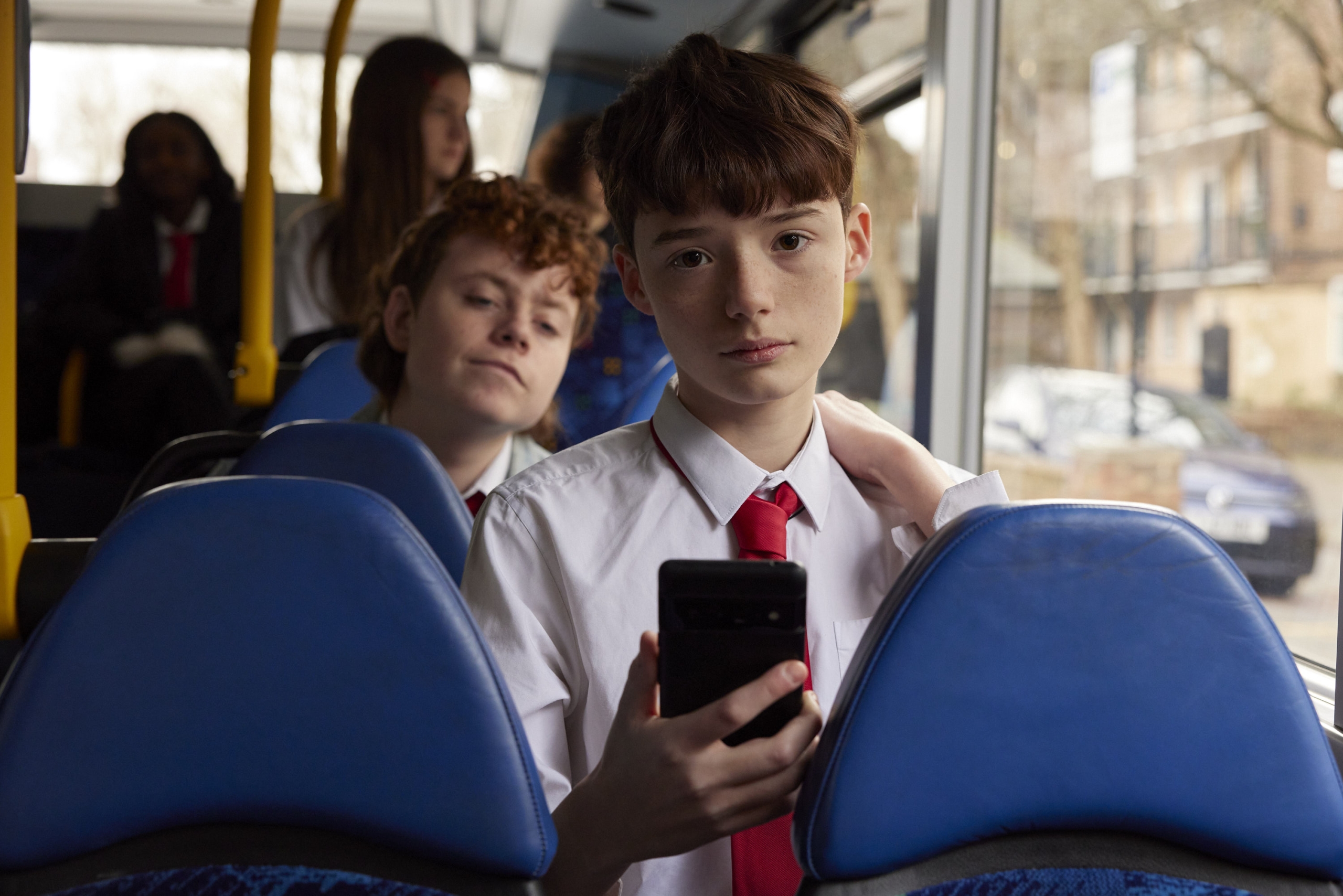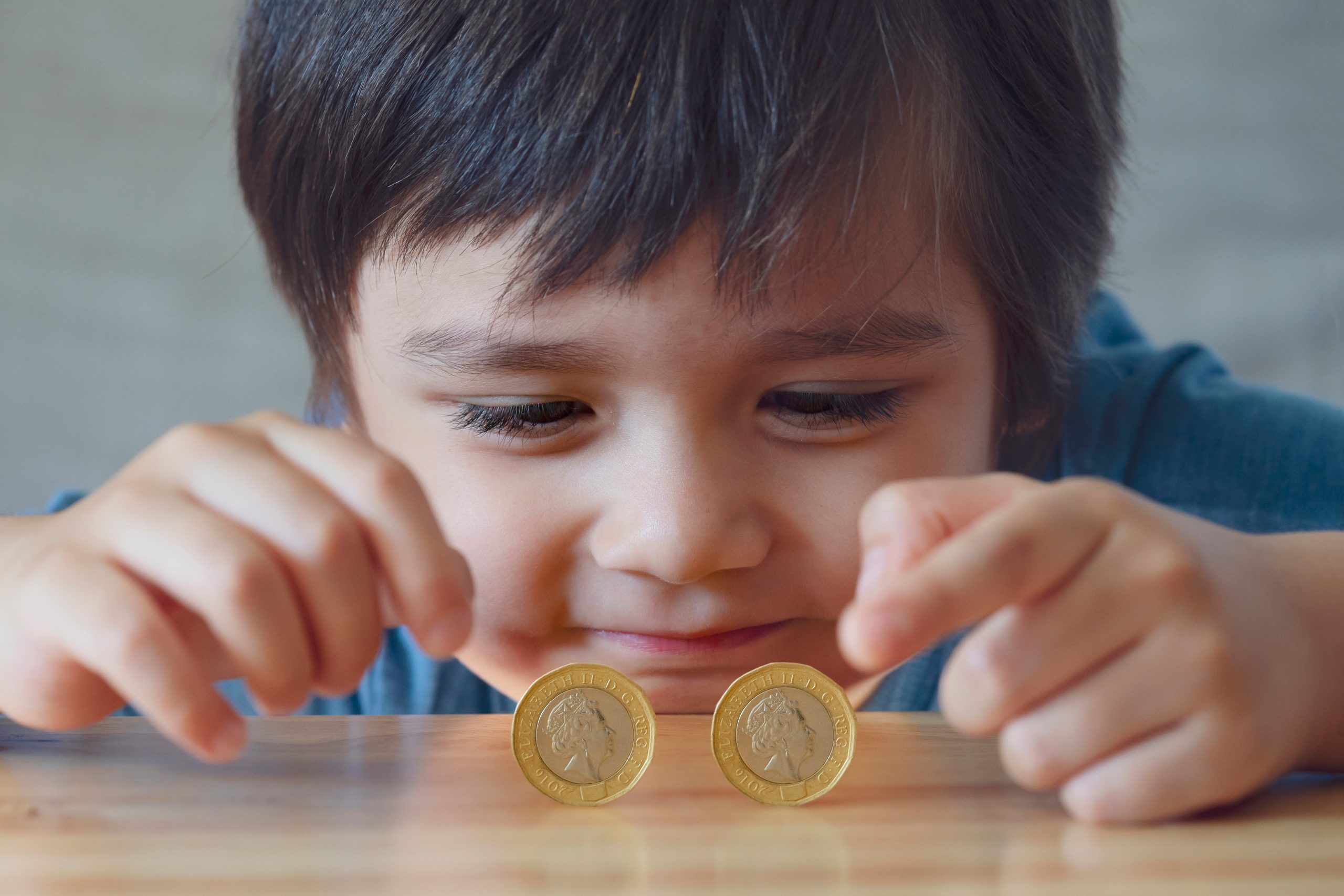As the Government proposes a clamp down on selling vapes to young people, we ask public health experts about how parents can stop their children from vaping.
As a parent, it can be alarming to find a vape in your child’s school bag or tucked under their pillow.
So many parents will have welcomed the January 2024 announcement of the Government’s plans to ban the sale of disposable vapes, restrict vape flavours, introduce plain packaging and change how they are displayed in shops, all with the aim of reducing vaping in young people. Rishi Sunak said: “These changes will leave a lasting legacy by protecting our children’s health for the long term.”
For some parents, though, this may feel too little, too late. It is illegal to sell vapes to children under the age of 18, but that has not stopped young people from accessing them. More than one-in-five (22%) of 11-15 year olds reported that they had tried vapes in 2021. In 2022, one-in-twenty (4%) of 11-15-year olds said they currently vaped, along with 14.1% of 16-17-year olds and 20.2% of 18 year olds; these proportions had doubled over the course of a single year.
“The government knows there is a problem here and while they did announce an action plan to combat the illicit sale of vapes through a £3 million investment to create a specialised ‘illicit vapes enforcement squad’, this is not enough,” says Gurch Randhawa, professor of diversity in public health and director of the Institute for Health Research at the University of Bedfordshire. “Strong enforcement of regulation for those who sell vapes illegally and to children must also be introduced. Current uptake of vaping amongst children merely highlights the importance.”
Body image and social media: How to talk to your teenager
Influencers and charities are tackling unrealistic standards of beauty head-on, as teenagers grapple with impossible expectations, often to the detriment of their mental health.
In the meantime, here’s what can parents do if their child already vapes or they are concerned that their child may be tempted to try vaping.
How worried should I be about my child vaping?
“E-cigarettes do not burn tobacco and do not produce tar or carbon monoxide, the most harmful aspects of smoking cigarettes,” says Randhawa. That said, “e-cigarettes typically contain nicotine, propylene glycol, vegetable glycerine, and flavourings. The nicotine can be very addictive.” In fact, “nicotine is more risky for young people than for adults, as evidence suggests the developing brain is more sensitive to its addictive effects.”
Vaping can also be a gateway to smoking. “There’s a risk when non-smokers try vaping that they might move on to try more harmful cigarettes and drugs,” says Leanne Balloch, parenting coach at Parent Talk, an advice service run by the charity Action for Children. “While the long-term effects of vaping are still unknown, because they are still too new for there to have been proper research, the short-term side effects include throat and mouth irritation, headache, cough and feeling sick.”
Randhawa puts this into context, explaining: “If you haven’t smoked, you should not use e-cigarettes, as they contain nicotine. This message needs to be understood and articulated across society, schools, and families to support children to not take up vaping.”
How to talk to your teenage sons about online toxicity
If you’re a parent struggling to talk to your adolescent or preteen about the worrying internet content they’re consuming, these tips from a clinical psychologist could help.
How should I start a conversation with my child about the risks of vaping?
As parents or guardians, our desire to steer children away from harm can sometimes leads us into the trap of lecturing about the risks, suggests psychologist Dr Charlotte Hilton, chartered member of The British Psychological Society. But that can threaten the trust that’s needed if you are to explore the issue openly and honestly. “We want to aim for a conversation that looks more like curious and kind joint detective work, rather than something that has a noticeable power difference between the parent/guardian and child,” she says. “This can often be difficult, but typically leads to better decision-making and healthier choices.”
“When parents or carers come to the Parent Talk free online 1:1 chat for help with this, we advise them to start by asking their child what they know about vaping. You can ask them if they know people who use them and why. You might want to ask if they’ve ever tried it,” suggests Parent Talk’s Balloch.
Find a natural trigger for the conversation, she advises; “It might be as you walk past a vape shop or see someone using one.” Keep calm while getting the key facts across and, most importantly, “Listen to your child, their experience, and their point of view. Show you’re interested in what they have to say.”
Fastest growing group of online scam victims: it’s teens, not seniors
While older people still lose the most money online, the surge of young victims highlights the growing sophistication of online scammers. We ask the experts how to protect teens and children from financial loss online.
What should I do if my child is already vaping?
“From a behaviour change perspective, we know that conversations that are curious and compassionate are much more helpful than those that are – sometimes unintentionally – blaming or shaming,” says Hilton. This approach reduces the risk of you triggering a defensive response, the psychologist suggests: “curiosity, kindness and an acceptance of the current situation are your friend when it comes to initiating difficult conversations.”
“Ask them what they like about it and discuss the risks,” suggests Balloch. Expressing interest in their thoughts and motivations is not the same as green-lighting their decisions, she explains: “You can still be very clear about how you feel. If they feel pressured into vaping by friends, you can teach them helpful skills of being confident in saying no. Try role playing scenarios they may come across. Practising responses may help them say no in real life. Discuss different ways of saying no such as, ‘No thanks, I don’t like it’, ‘No, it’s not for me’ or ‘No, I don’t want to’. Talk about how to walk away.”
And how do I keep the conversation going?
“Questions that are open (i.e., what, how, when, where, tell me, describe and explain) tend to be much more curious and create opportunities for collaborative conversations than those that are closed,” explains Hilton. “We might want to try asking “How are you finding reducing/quitting your vaping?” “What can I do to make things easier for you?” “How are you feeling about your vaping lately?””
It's never too early to teach your kids about cash
Financial literacy is an important skill children need to learn, but what's the best way to teach them?
Acknowledging and affirming their efforts to cut back and quit can make a real difference, she suggests. An affirmation sounds like a compliment, explains Hilton, but is more meaningful and, if done right, can help your teen to recognise their own strengths and abilities. “This in itself becomes a powerful motivator towards change,” she explains. “So, for example, you might say, “You have had a tough week with exams, and yet you’ve managed not to vape, that must have taken some willpower.”
Affirmations should sound like objective statements (so don’t use phrases like “I think….”), and don’t feel you have to over-elaborate. “The temptation is always to add praise such as ‘well done’. But simply noticing a person’s strength and abilities to move towards positive change, and communicating this in an objective way, can be powerful enough to empower someone without the compliment,” says Hilton.
Stay up to date with the latest news from Vodafone by following us on LinkedIn and Twitter/X, as well as signing up for News Centre website notifications.
![black and white photo of a girl's face with smoke [Adobe Stock] an AI-generated stock image of a girl's face partially covered in smoke](https://www.vodafone.co.uk/newscentre/app/uploads/2024/05/black-and-white-photo-of-a-girls-face-with-smoke-Adobe-Stock.jpg)




